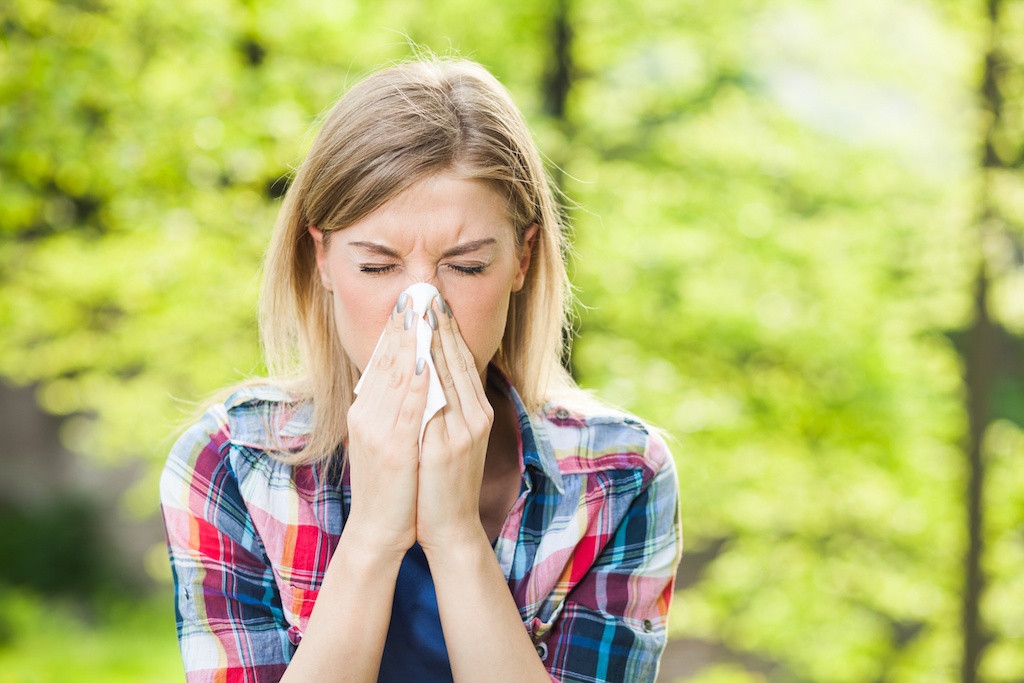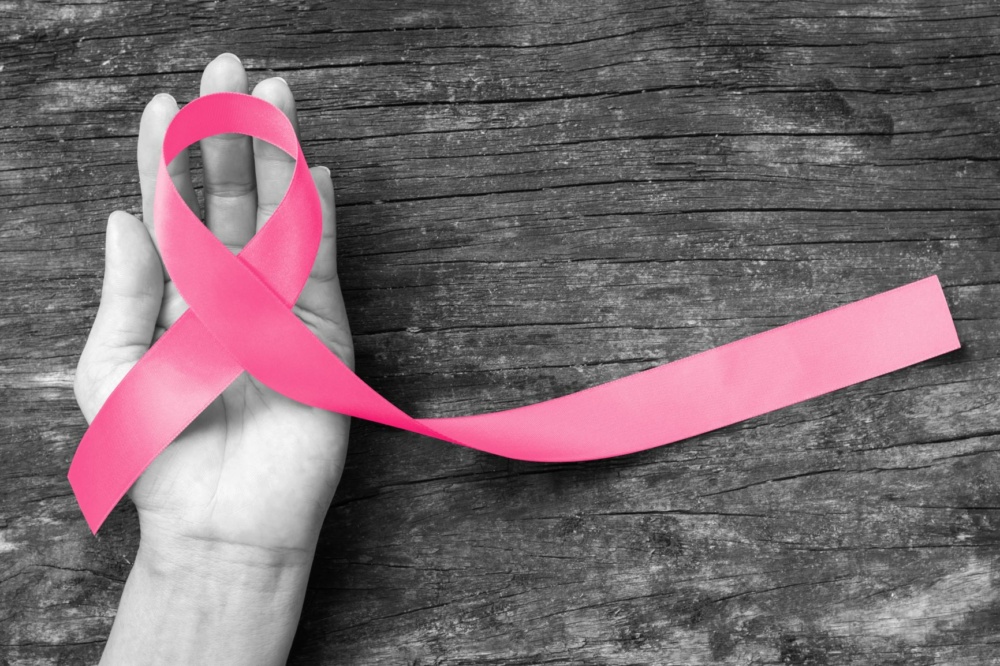Cedar “Fever” hasn’t officially hit us in Central Texas, but now is the time to start preparing in advance. Early preparation is critical in getting ahead of your symptoms. Below Baylor Scott & White – Round Rock offers tips you can use to help plan for the upcoming cedar season especially if you’re a newcomer to the Austin area.
First, your immune system needs at least six to 12 months to build up immunity to specific triggers like cedar. “So, if a patient knows they have a history of sensitivity to cedar, we need to get them treated early likely with allergy shots; and the earlier the better. If we can nip it in the bud before the season starts, we can help keep things manageable throughout the season.” But, if you come in at the peak of cedar season, then we won’t be able to do as much to help you.
What Is Mountain Cedar?
Mountain cedar produces pollen in the winter and grows plentifully in the hill country. When cold fronts start to blow in, they stir up the cedar pollen and kicks off cedar fever. And, many newcomers to Austin are not expecting to experience allergies in the wintertime. And, strong northern winds blowing through the area often trigger suffering for allergy patients.
“If you’re still not getting relief, seeing an physician and getting allergy shots may be recommended by your physician, which can be effective in 70 to 80 percent of patients.”
Allergies to cedar pollen are so bad that they’ve been dubbed “cedar fever.” The mountain cedar trees are everywhere in this region and they will produce significant amounts of pollen leaving sufferers miserable. However, if you’re symptomatic to the point that it is affecting your quality of life, you don’t have to suffer and there are some treatments your physician may be able to recommend for relief but you have to start early!
Once Cedar Arrives
If you’re already starting to experience sneezing, runny nose, itchy/watery eyes and congestion, your physician can suggest over-the-counter remedies, which include antihistamines or salt-water rinses for the nose. If that doesn’t help, your doctor may prescribe Flonase or Nasonex for general symptom relief and drinking plenty of water.
If you’re still not getting relief, seeing an physician and getting allergy shots may be recommended by your physician, which can be effective in 70 to 80 percent of patients. But they need to be started the season prior. For cedar allergy, this involves getting regular injections of cedar pollen proteins that increase over time to help desensitize your body to its effects.
The cedar allergy season in Central Texas is caused by a few different plants. The plants are so closely related that the pollen they produce is almost identical under a microscope. The male trees appear to “smoke” as they release pollen from tiny cones. The female trees produce clusters of blue/green berries. The season typically peaks from late December to early March.
As for why some people suffer from allergies like cedar more than others, it’s mostly related to genetics. You may be genetically prone to getting allergies, but you also need to be living in a high-allergy environment, generally, in order for you to develop a problem.
For more information contact Baylor Scott & White–Round Rock at 512-509-0200 or visit www.roundrock.sw.org.







Recent Comments